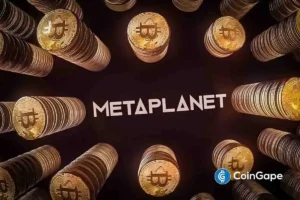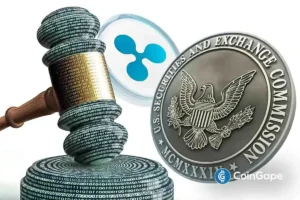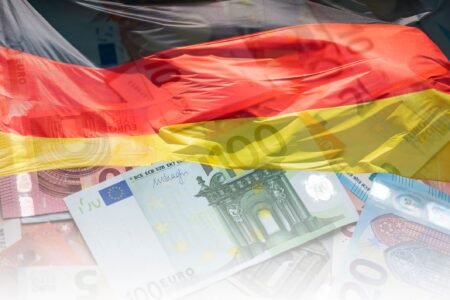Stablecoin Regulation: A Global Perspective and Future Outlook
The rapidly evolving world of stablecoins has reached a significant milestone, clocking in an impressive $35 trillion in on-chain transaction volume over the past year, according to on-chain analytics by Visa. As stablecoins continue to cement their role in global crypto infrastructure, questions around their regulatory status and classification have taken center stage. The International Monetary Fund (IMF) has raised crucial points regarding whether these digital currencies can truly be considered "money." This skepticism underscores the need for a more cohesive global approach to stablecoin regulation, as nations grapple with various legislative frameworks.
The trailblazing moves by the United States and Hong Kong are igniting a regulatory race concerning stablecoins. Legislative actions like the GENIUS Act in the U.S. and Hong Kong’s anticipated Stablecoin Ordinance, set to roll out in August 2025, exemplify the diverse approaches nations are taking. Despite these advancements, Bo Li, the IMF’s Deputy Managing Director, cautions that most regulatory frameworks remain in the experimental phase. This race to regulate stablecoins highlights both the urgency of the matter and the complexities involved, including challenges in properly classifying stablecoins as forms of currency.
At the forefront of these discussions are essential questions regarding the classification of stablecoins. During the recent World Economic Forum’s Summer Davos, Bo Li stressed the need for clarity around whether stablecoins should be classified as M0, M1, or something entirely different. Such classifications are vital for creating appropriate regulatory frameworks, as they impact everything from monetary policy to compliance requirements. Without a universally accepted definition, countries risk introducing fragmented regulations that could complicate compliance for businesses operating in multiple jurisdictions.
In addition to classification issues, enforcement remains a significant concern in the regulatory landscape. Li pointed out that inconsistent national regulations could create compliance hurdles for businesses, potentially leading to regulatory loopholes that bad actors might exploit. To tackle this, the IMF is actively collaborating with organizations like the Financial Stability Board and the Basel Committee to establish cohesive policy direction that promotes international harmonization in stablecoin regulations. This collaborative effort is crucial for mitigating risks and ensuring that stablecoins can fulfill their intended role in the financial ecosystem.
Despite the regulatory pushback, the stablecoin market continues unabated, boasting a supply exceeding $250 billion. Large portions of this capital are currently allocated to Bitcoin (BTC), eliciting questions about the next significant capital rotation within the crypto asset landscape. Market signals are beginning to echo patterns seen in earlier altcoin rallies, indicating that the narrative around stablecoins could catalyze broader shifts in the digital asset market. Investors are increasingly on the lookout for indicators that could predict forthcoming trends, spotlighting the need for clear regulatory frameworks.
In conclusion, as the stakes rise in the global race for stablecoin regulation, the complexities of classification and enforcement highlight the urgency for common standards. The IMF’s continued efforts to synchronize international regulatory policies are essential for promoting innovation while safeguarding the financial system. Stakeholders must remain vigilant, as the interplay between regulation and market dynamics could significantly shape the future of stablecoins and the broader crypto ecosystem. With legislative actions in the U.S. and Hong Kong setting the pace, the future looks both promising and challenging for the burgeoning stablecoin market.

















